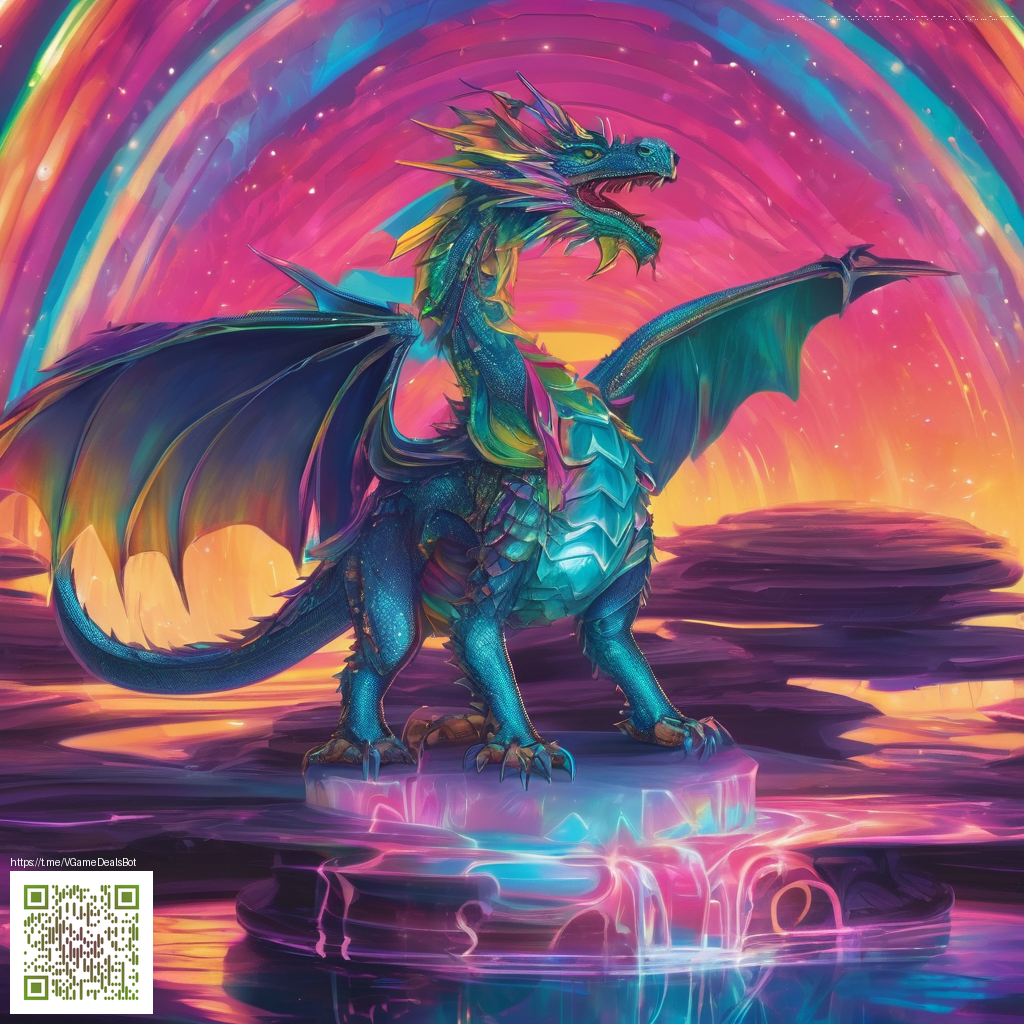
Blending Digital Paper Textures into Photo Manipulations
Digital paper textures offer a tangible depth that can lift a flat composite into something tactile and believable. The goal is to weave the texture into the scene so that light, color, and perspective all feel consistent. When done thoughtfully, a simple paper grain can transform a two-dimensional edit into a coherent artwork that reads as intentional, not pasted.
In practice, the texture should serve the lighting and mood of the image, not overpower the subject. Subtlety is your strongest asset.
Choose textures that harmonize with the scene
Begin with textures that match the scene’s lighting direction and color temperature. A warm parchment texture can warm up portraits or still-life studies, while a cooler, creased paper might suit moody urban scenes. Scale the texture to fit the geometry of your shot—too large and it overwhelms; too small and it looks noisy. Always work with high-resolution textures so you retain detail in the final output.
- Match perspective: rotate and distort the texture so its perspective aligns with the scene.
- Consider edge integration: avoid hard, obvious borders by feathering the texture into the frame.
- Preserve key details: keep eyes, highlights, and focal points clean while texture sits in the background or shadows.
Blending modes, masking, and edge treatment
Blending modes like Overlay, Soft Light, and Multiply are your first tools, but layer masking is where the magic happens. Use a soft brush to reveal texture gradually, painting areas that catch light or lie in shadows. Edges benefit from gentle masking, so the texture fades along contours rather than clipping harshly to the subject.
Tip: Treat texture as a light layer rather than a visible surface. It should co-exist with the subject, enhancing depth without competing with detail.
Color harmony and lighting consistency
Texture color should harmonize with the base image. A quick approach is to apply a subtle color correction to the texture layer via a clipping mask, ensuring it mirrors the overall color cast. If your image leans cool, nudge the texture toward blue; for warmth, lean into amber tones. Keep white balance and exposure consistent across layers to avoid a disjointed impression.
- Use curves or color lookup tables to unify tone across the texture and photo.
- Apply grain to the texture and the base image for a cohesive filmic feel.
- Peer review: step back and verify that the texture supports rather than competes with the subject.
Non-destructive workflow for iterative refinements
A flexible approach makes experimentation faster. Collect textures as Smart Objects, keep edits on adjustment layers, and group texture layers so you can tweak blending, scale, or opacity without starting over. This non-destructive method is invaluable when you’re testing multiple moods or applying the same texture to a series of images.
Remember: textures should augment the scene’s story, not steal the spotlight.
For on-the-go texture exploration and practical examples, you might browse curated references like the collection featured on this page: https://pearl-images.zero-static.xyz/4fae8206.html. By studying how others blend paper textures with light and composition, you’ll sharpen your eye for believable integration and learn how to calibrate texture strength to suit different genres.
When you’re ready to capture quick texture references in the field, a compact tool can help stabilize your device while you scout textures and lighting. The Phone Click-On Grip Back-of-Phone Stand Holder is a handy companion for handheld shooting, and you can explore it here: Phone Click-On Grip Back-of-Phone Stand Holder. A small, sturdy grip keeps your framing steady as you compare texture samples or test light angles, enabling smoother edits later in your workflow.